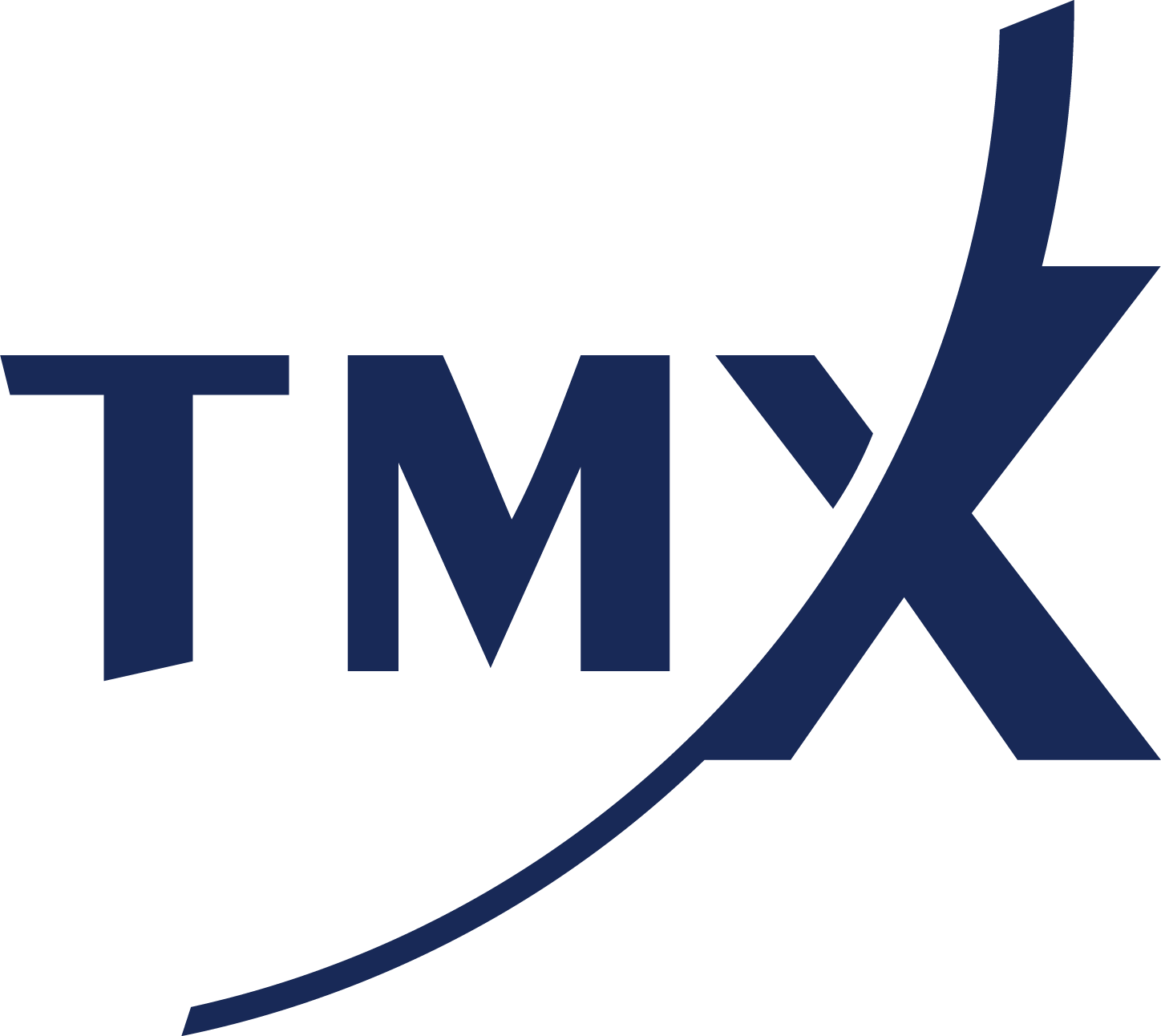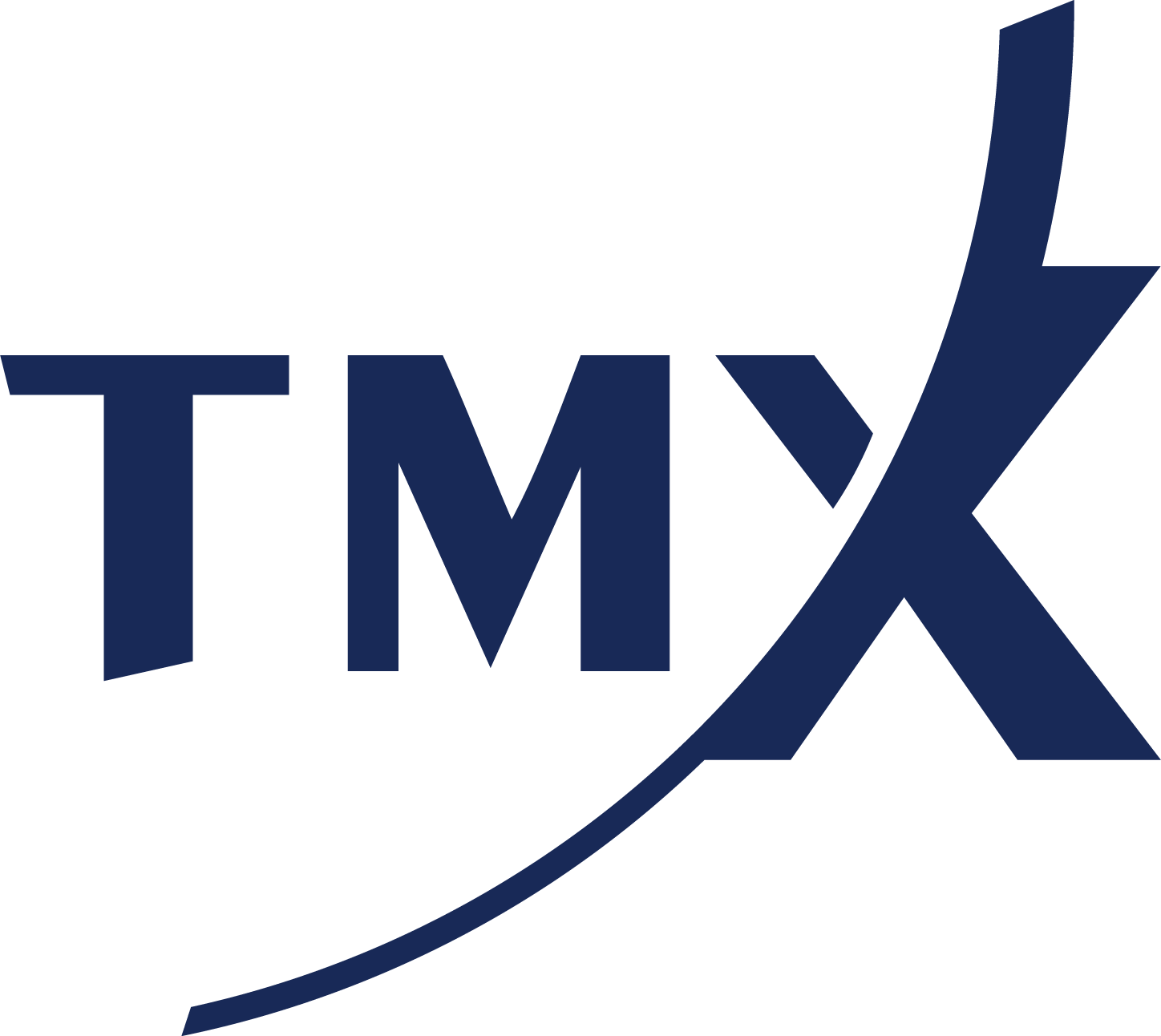New Funds, New Strategies: Tracking the 2025 ETF Boom and What May Lie Ahead
-
Q3 2025 saw over 200 new U.S. ETFs, pushing the trailing four-quarter total past 800
-
Option-income, merger-arbitrage, and global ETFs may be in vogue themes into 2026
-
Investors have more choices than ever, but new strategies come with untested risks
The government shutdown may have closed the door on official data releases, but the floodgates remain wide open in the ETF issuance space.
According to Wall Street Horizon's proprietary data, Q3 2025 marked a record in the number of new U.S. ETF launches. The tally (above 200) brought the trailing four-quarter sum to more than 800. Investors have never had more choice to tweak their strategies, aim for higher income yields, or even bet on single stocks in new, creative ways.
US ETF Issuance Hit a New Record in Q3

Source: Wall Street Horizon
This year has already eclipsed 2024's total, still with more than two months left on the calendar. Speaking of dates and milestones, the S&P 500®'s current bull market celebrated its third birthday this past weekend. The equity uptrend is a powerful force behind ETF proliferation; as investors see their portfolio balances rise, they could be enticed to adjust their risk profiles.
ETF Inflows Soon to Hit $1 Trillion
According to Todd Rosenbluth at VettaFi, ETFs have $1 trillion of net inflows in their crosshairs. For perspective, it took until the very end of last year to scale that wall in 2024. Maybe not surprisingly, the Vanguard S&P 500 ETF (VOO) has delivered the goods, and Rosenbluth points out that the low-cost index fund may soon eclipse the $100 billion inflow mark. Competing products, such as the iShares Core S&P 500 ETF (IVV) and the SPDR Portfolio S&P 500 ETF (SPLG), boast growing AUM, too.
Some strategists argue that 2026 could feature more of the same, given the record amount of cash on the sidelines. Per the Investment Company Institute (ICI), total money market mutual fund assets swelled to $7.385 trillion in the week ending October 8.1 Of course, as a percent of total investable assets, the cash slice of the broad asset mix is not all that high—about 17%, according to Goldman Sachs.
Rising Interest in Option-Income ETFs
But with the Federal Reserve back on its rate-cutting journey, folks holding large stakes in money market funds or short-term Treasury ETFs may feel the urge to step out on the risk curve. One red-hot ETF type apparently scratching that itch is the option-income category. The team at VettaFi highlighted that seven of the 10 ETFs with the highest inflows over the past 12 months are indeed option-related strategies. Providers, including JPMorgan and YieldMax, have pounced on the covered-call theme, a trend we have detailed over the last two years.
Call-writing products and even ETFs putting an options collar on their synthetic exposure for further downside-risk mitigation might stay in the spotlight, but what themes could next year bring? Ben Hernandez investigated the array of outcomes as the Fed potentially lowers its policy rate closer to 3% than 4% over the quarters to come. M&A trends, which have already been stout on a dollar-volume basis, may take a step forward in 2026.
Merger-Arbitrage ETFs Make a Comeback?
When corporate deals are stuck, there's commonly a gap between the proposed target price of the acquisition company's shares and what is priced in the market. That's when arbitrageurs may step in. They look to pounce on the difference by taking hedged stakes, betting on the deal to go through.
Merger-arbitrage products have tie-ins to option-income strategies, in that both don't seek moon-shot investments. Rather, slow and steady returns are the name of the game. Merger-arb ETFs were somewhat popular more than a decade ago, coming out of the Great Financial Crisis, when the Fed's zero-interest-rate policy drove demand for income funds.
Global ETFs and Currency Tailwinds
Another possible ETF hotbed might be overseas exposure. Consider that the Vanguard FTSE All-World ex-US ETF (VEU) has outperformed the S&P 500 SPDR ETF (SPY) by about 12 percentage points on the year. A nearly 10% drop in the value of the U.S. dollar compared to a basket of other currencies has been a tailwind, but history reveals that the U.S. and international markets take turns producing alpha. Recency bias can be a powerful force, so maybe when investors peek at their year-end statements in early 2026, they'll be open to exploring new foreign ETF avenues.
Ironically, right as global funds began to turn the corner relative to U.S. equity ETFs earlier this year, one broad international fund shuttered. The iShares Frontier and Select EM ETF (FM, formerly) ceased trading at the end of Q1.2 Protracted underperformance relative to the U.S. tech-led market and sagging flow trends prompted iShares to draw the curtains on the Africa-heavy ETF.
Sure enough, Africa now stands out among emerging-market equity products. Since the start of the second quarter (about when FM went kaput), the VanEck Africa Index ETF (AFK), up 39%, has trounced SPY and the iShares Emerging Markets ETF (EEM), which have returned 19% and 24%, respectively. So, while ETF launches capture most of the attention, sometimes greater tells come from fund closures.
The Bottom Line
The S&P 500's bull market turned three years old this month, and ETFs show few signs of aging. Q3 2025 was a record for fund issuance among U.S. ETF providers. Key themes drive the sprawling ETF marketplace, some familiar, some emerging.
Investors must proceed with caution, though, as many intriguing strategies and themes may come at a greater cost with untested risks. Understanding the downside possibilities is just as important as knowing the upside potential. Our colleagues at VettaFi can help you see the whole ETF landscape.
1 Release: Money Market Fund Assets, Investment Company Institute, October 9, 2025, https://www.ici.org
2 iShares Frontier and Select EM ETF, FactSet, ETF Trends, ETF Database, March 31, 2025, https://etfdb.com
Copyright © 2025 Wall Street Horizon, Inc. All rights reserved. Do not copy, distribute, sell or modify this document without Wall Street Horizon's prior written consent. This information is provided for information purposes only. Neither TMX Group Limited nor any of its affiliated companies guarantees the completeness of the information contained in this publication, and we are not responsible for any errors or omissions in or your use of, or reliance on, the information. This publication is not intended to provide legal, accounting, tax, investment, financial or other advice and should not be relied upon for such advice. The information provided is not an invitation to purchase securities, including any listed on Toronto Stock Exchange and/or TSX Venture Exchange. TMX Group and its affiliated companies do not endorse or recommend any securities referenced in this publication. This publication shall not constitute an offer to sell or the solicitation of an offer to buy, nor may there be any sale of any securities in any state or jurisdiction in which such offer, solicitation or sale would be unlawful prior to registration or qualification under the securities laws of any such state or jurisdiction. TMX, the TMX design, TMX Group, Toronto Stock Exchange, TSX, and TSX Venture Exchange are the trademarks of TSX Inc. and are used under license. Wall Street Horizon is the trademark of Wall Street Horizon, Inc. All other trademarks used in this publication are the property of their respective owners.


